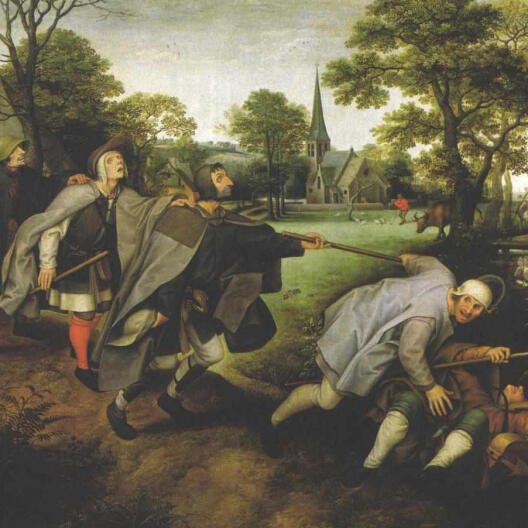Precautions and rules, or: collective responses to epidemics
Dossier “Epidemics: Perspectives from Cultural Studies”

These days especially are seeing fierce debates about precautions and rules in managing epidemic emergencies: surveys gauging how people assess the appropriateness of certain measures are cited; protective masks are said to be ‘muzzles’ that symbolize authoritarian state repression; courts react to private lawsuits against decisions made in parliament – the pandemic and how we deal with it in the field of tension between individual rights and collective necessities is not only a sensitive political dilemma; it is also an ethical issue, too.
Discussions on the proportionality, efficiency and effectiveness of the precautions and rules introduced to contain and manage the pandemic make two things very clear. First, that individual – and sometimes existential – needs can sometimes be diametrically opposed to the collective dimension of social necessity. Second, that it is absolutely certain that reactions – collective answers to the enormous challenges that pandemics pose for societies – are necessary and need to be found.
In the current dossier of ‘Perspectives from cultural studies’, researchers address in their usual interdisciplinary manner and from a wide variety of perspectives not only the practical measures and precautions taken to deal with pandemics, but also the question of which ideas regarding values, norms and rules are affected and laid bare by this process.







